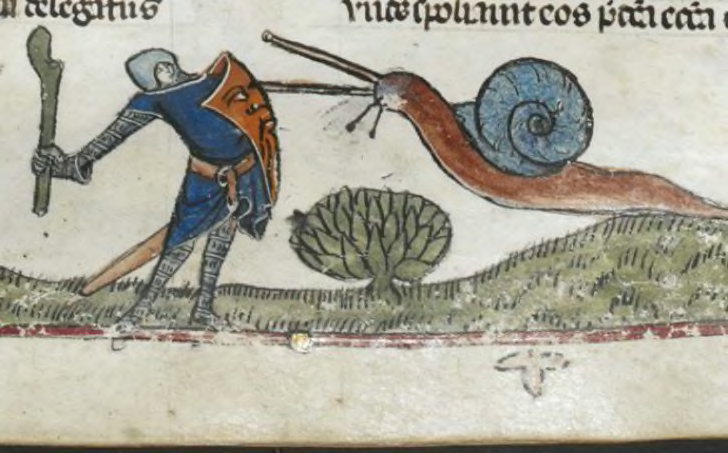

Lions could be killed by a scorpion sting or snakebite, and when ill could only be cured after consuming a monkey. Bestiaries describe the beast’s terror of the white cock’s crow, the sound of wagon wheels, and fire. The link between lions and kings was strengthened by a similarity in the words used to describe them: the first line of the bestiary text reads, “Now leo in Greek is translated ‘king’ ( rex) in Latin because he is the ruler of all beasts.”īecause European readers of bestiaries were unlikely to see a lion in person, associating the animal with a familiar human concept provided a mechanism for understanding.ĭespite its kingly associations, the lion was not without fears. Anyone who prostrated himself or herself before the lion would be spared, for the lion only attacked when hungry-a quality of fairness associated with ideals of earthly kingship. The lion was believed to attack those who dishonored it and reward those who revered it.

Digital image: British Library Noble and Cowardly Lions Lion and Cubs (detail) in the Rochester Bestiary, 1225–50, unknown illuminator, made in England, possibly Rochester. Such beliefs, coupled with illuminations in bestiaries that emphasized the physical greatness of the lion, helped promote its reputation as the king of beasts-Christ’s animal equivalent. Europeans of the Middle Ages compared this behavior to Christ’s physical death and spiritual survival after the Crucifixion. It was also believed that the lion slept with its eyes open, a conclusion drawn from observing the feline’s third eyelid. The great roar of an adult male lion also took on a Christian religious meaning: the breath of the father’s roar was said to bring his offspring to life the third day after birth, similar to the resurrection of Jesus on the third day after the Crucifixion. Based on the observation that lionesses licked their young profusely after birth and that cubs took time to open their eyes, writers concluded that lion cubs were not born complete and required their mothers to lick them “into shape”-similar to the molding of Adam and Eve by God. Bringing Lion Cubs to LifeĪs lion tales traveled across Europe and were told and retold over time, details were changed and imbued with Christian overtones. They embellished stories about the noble nature of the lion, making the creature one of the most revered beasts to appear in medieval manuscripts. To understand this animal, medieval storytellers repackaged lore from a second-century compendium of animal tales known as the Physiologus. For the people of medieval Europe, illustrated stories were likewise a vehicle for visual encounters with the lion.
#SNALES IN MEDIEVAL MANUSCRIPTS TV#
The lion plays a fundamental role in the human conception of the animal world: we encounter the feline from childhood in toys, books, and TV shows. The posts complement the exhibition Book of Beasts at the Getty Center from May 14 to August 18, 2019.
#SNALES IN MEDIEVAL MANUSCRIPTS SERIES#
Meet 19 animals of the medieval bestiary in Book of Beasts, a blog series created by art history students at UCLA with guidance from professor Meredith Cohen and curator Larisa Grollemond. Digital image courtesy of the Getty’s Open Content Program Pen-and-ink drawing tinted with with body color and translucent washes on parchment, 8 1/4 × 6 3/16 in. Lions (detail) in the Northumberland Bestiary, about 1250–60, unknown illuminator, made in England.


 0 kommentar(er)
0 kommentar(er)
